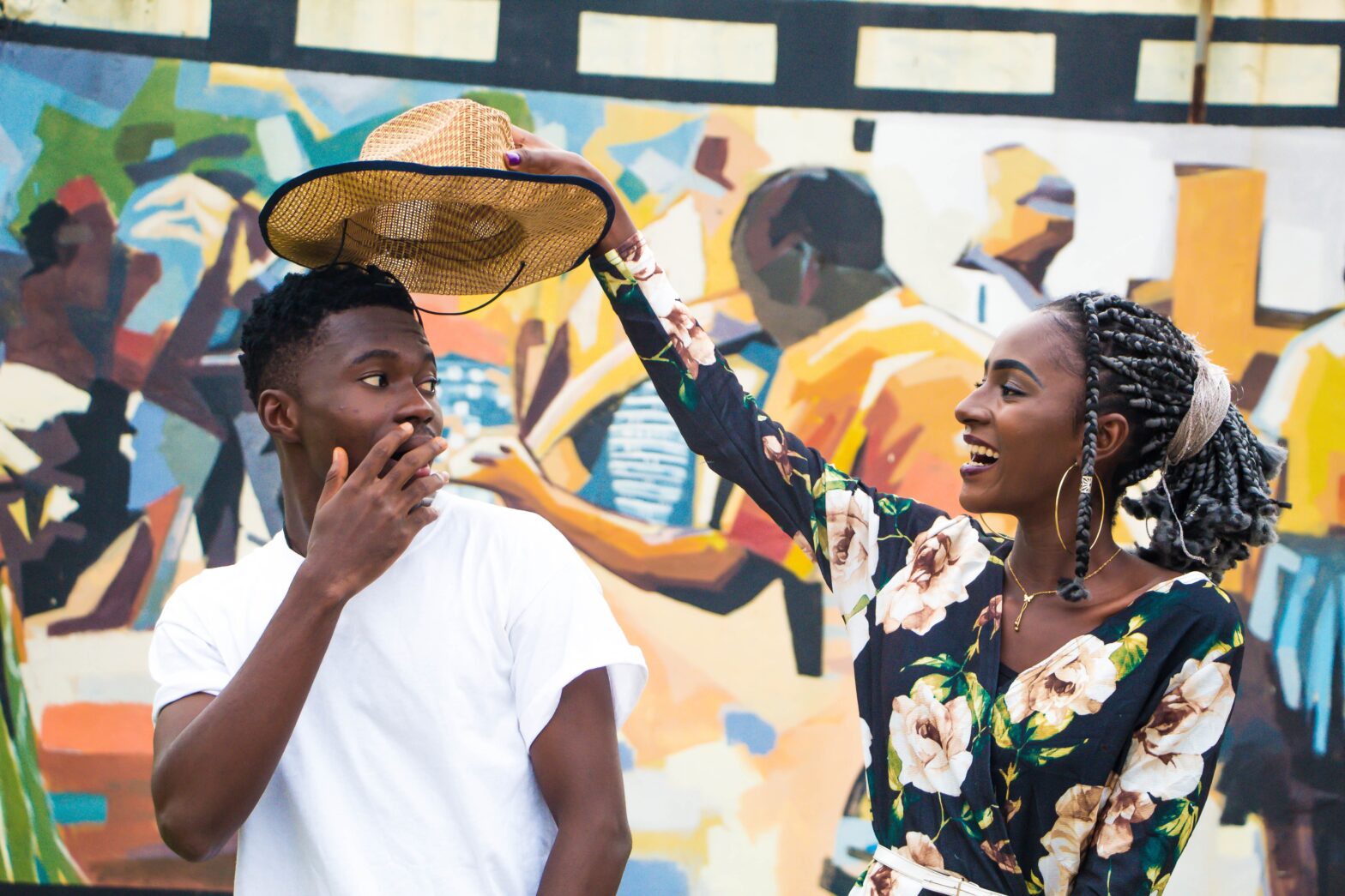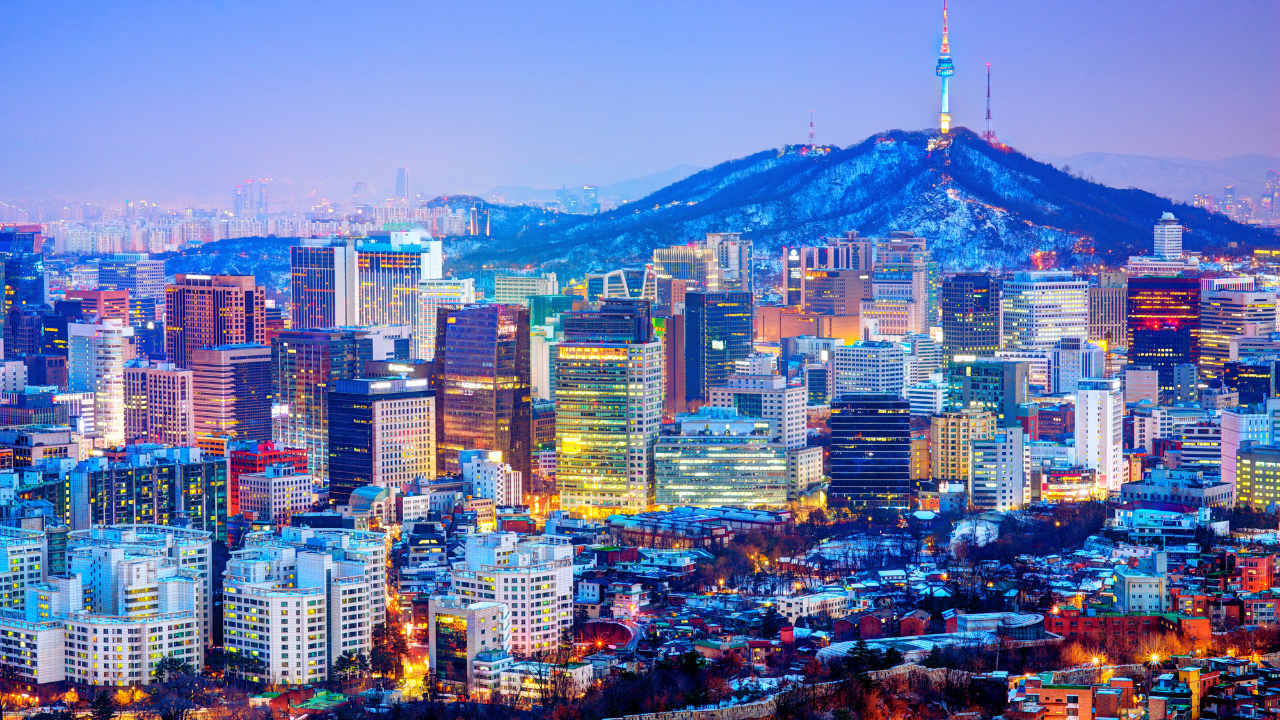People flock to the Caribbean to immerse themselves in paradise for a few days, a week, or longer. If rural settings appeal to you, there are plenty. If you’re looking for more action, the Caribbean capitals house many restaurants, hotels, and cultural centers. From Kingston to Havana, San Juan to Castries, these energetic cities appeal to locals and tourists alike.
Here’s a brief history of four vibrant capitals in the Caribbean.
Kingston, Jamaica
Before Kingston, there was Port Royal, where slavery, sugar trade, and piracy were big business. In June 1692, it experienced a catastrophic earthquake. According to The Guardian, “Two-thirds of the bustling commercial center of Port Royal was sunk by the earthquake, and still lies preserved underwater, like a submarine Pompeii.” From there, Kingston rose as the new commercial center, and survivors of the Port Royal earthquake flocked there to start a new life.
Kingston is an epicenter of business, gastronomy, and tourism for Jamaica. Some of the top tourist attractions include the Bob Marley Museum and Emancipation Park. The park features two statues of a man and a woman gazing at the sky—a symbol of triumph over slavery. Created by Jamaican artist Laura Facey, the work is called Redemption Song.
Port Au Prince, Haiti
If there was ever a Caribbean city that has experienced its share of terror, triumph, and tragedy, it’s Port Au Prince. It officially became the capital of Haiti in 1804, following the Haitian Revolution.
Here, you can visit Musée du Panthéon National Haïtien, which covers pre and post-colonial Haiti. It also honors Toussaint Louverture, the most celebrated of the island’s founding fathers. The most haunting pieces of history you’ll find at this museum are slave shackles and the anchor of Columbus’ ship, the Santa Maria. While you’re in the capital, check out Place Saint-Pierre and Champ de Mars, where you’ll find crafts and artwork by local artists. For a hike, head to Fort Jacques, one of the oldest, and best-preserved forts in Haiti. It’s best to hire a guide to accompany you if possible.
Bridgetown, Barbados
The Bajan capital was originally called “Indian Bridge,” and “Town of St. Michael,” before Bridgetown stuck.
The Amerindians were the first inhabitants of Barbados, followed by the Arawaks and the Caribs. Spain and Portugal appear in the island’s history, but it became a British colony in 1625. At the time, Barbados’ chief exports were tobacco, cotton, and sugar, and slavery wasn’t abolished until 1834.
From there, Barbados took steps to carve its own identity. It gained independence in 1966 and became a republic in 2021. In honor of this, fireworks and gun salutes went off in Bridgetown.
Bridgetown is a great city for walking tours, tasty food, bars, galleries, and more. There are numerous accommodations for tourists, from luxury resorts to guesthouses.
Santo Domingo, The Dominican Republic
Santo Domingo was founded by Bartholomew Columbus in 1498. According to Visit Dominican Republic, “Santo Domingo was the first headquarters of the Colonial Spanish government in the New World.”
You can still see the Spanish influence today, especially in the architecture. Some examples of this include Alcázar de Colón, Fortaleza Ozama, and Calle Las Damas, the oldest paved street in the New World.
Some tourist sites to check out include National Zoological Park, Guibia Beach, and Los Tres Ojos. This nature park is just across the Ozama River, and it’s known for its beautiful lagoons and limestone caverns.





